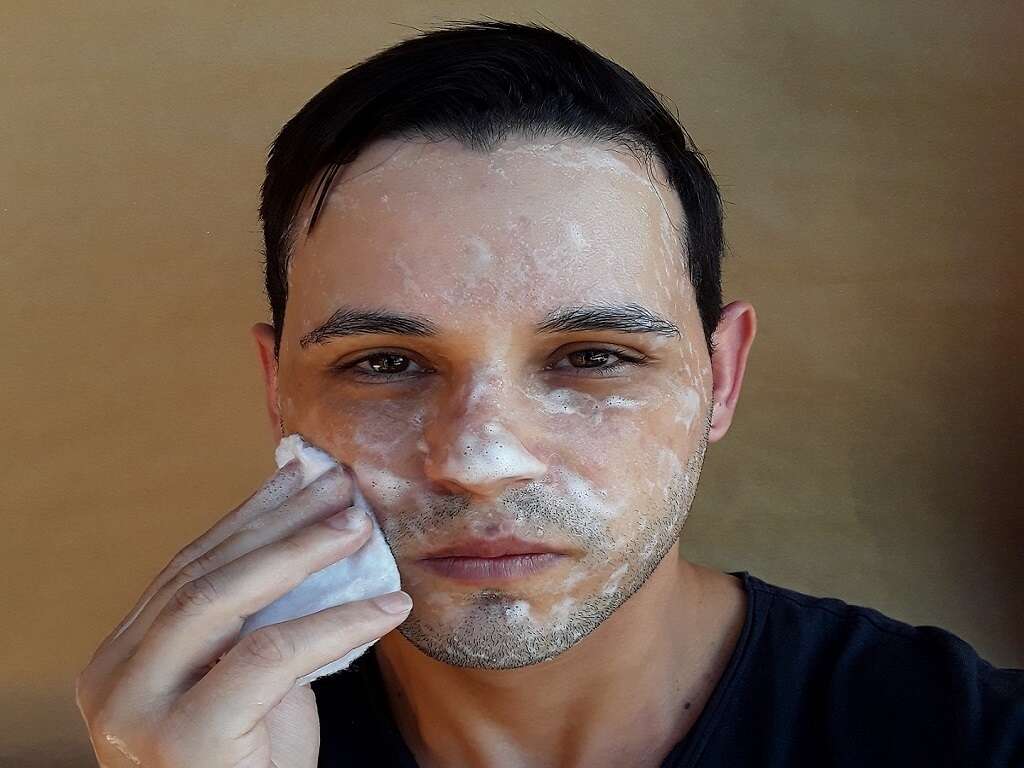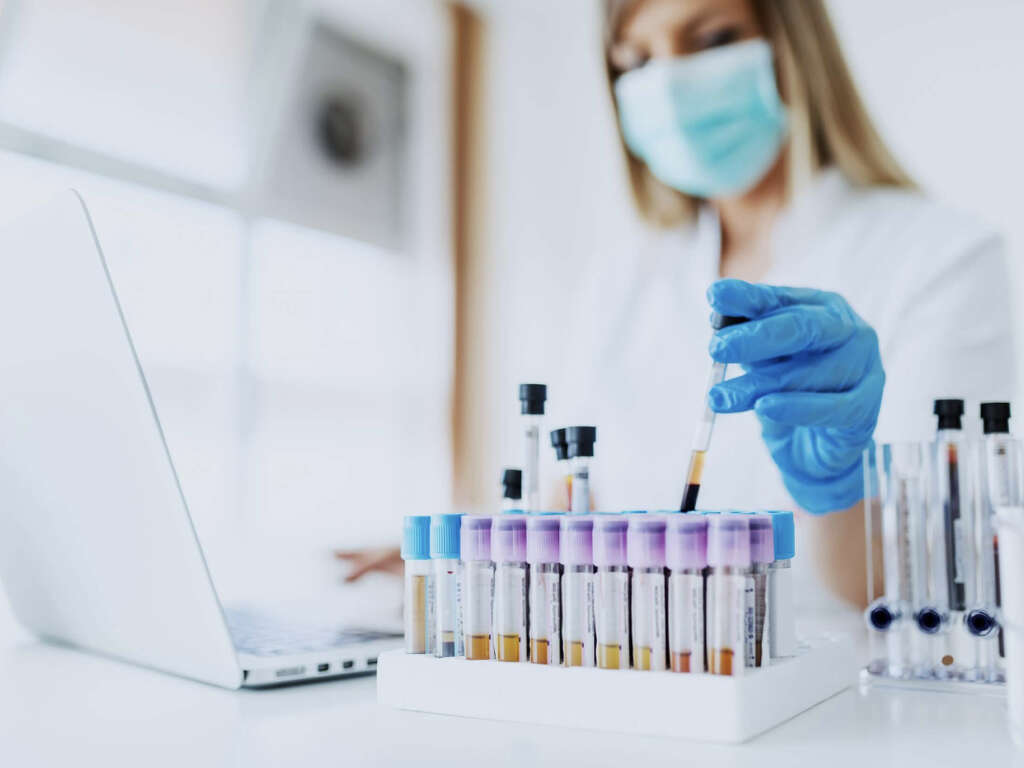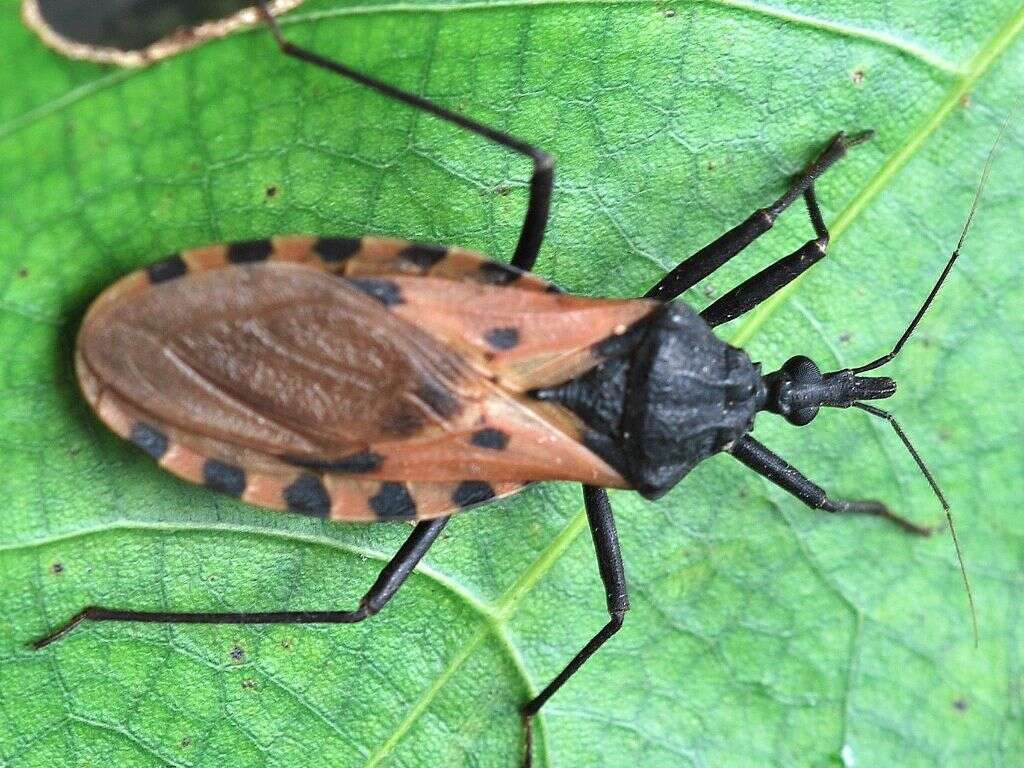What Is Chagas Disease?
Getting bitten by bugs and similar can be very irritating. The bites can be very itchy and often painful, and it can be extremely difficult to avoid scratching them. In addition to the irritation, some bites can be downright dangerous for us. Some bugs and other biting creatures are able to transmit some very unpleasant diseases.
Chagas disease is caused by the bite of a small bug that is quite notorious in parts of South and Central America. It is known as the kissing bug and has a reputation for making some people very ill indeed. While it is treatable in some cases, some people will have the disease for the rest of their lives.
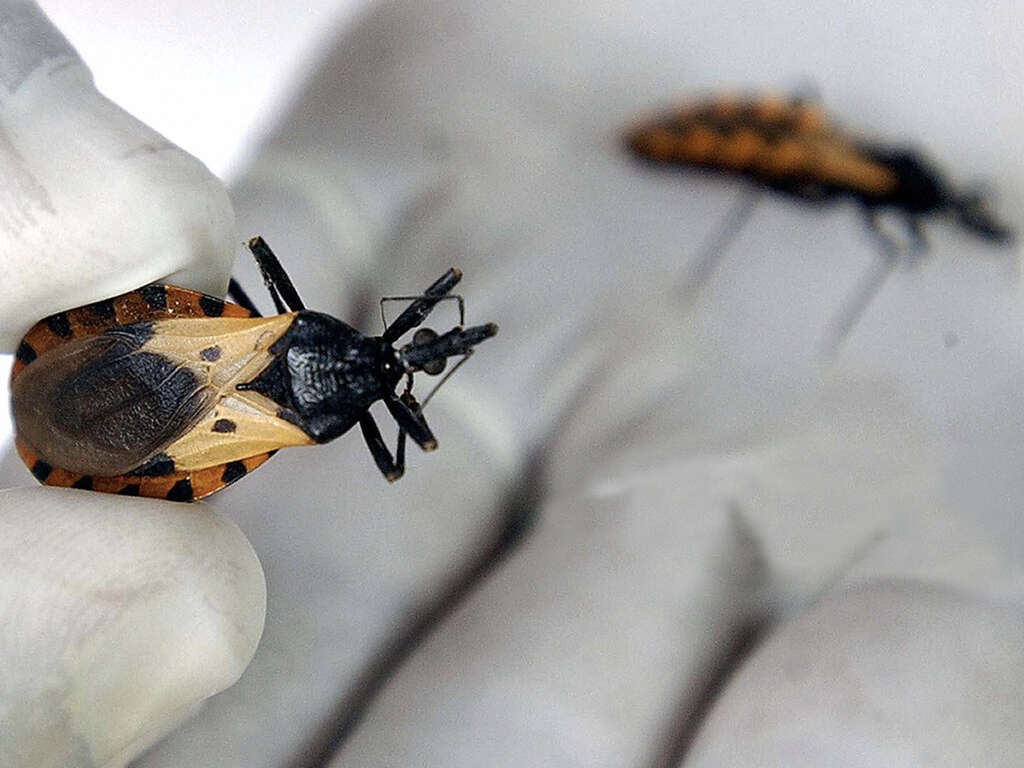
1. Chagas Disease
Chagas disease is fairly common in some parts of Mexico, Central America, and South America. It happens sometimes when somebody is bitten by a certain species of bug that is quite common in the area. The disease is quite rare in the United States but some cases do arise in the southernmost states.
Chagas disease is an inflammatory disease and it can be dangerous in some cases. The symptoms can start mild but potentially go on to develop into life-threatening complications. It can also affect anybody, and people in poor health are at particular risk of the disease becoming serious.

2. Trypanosoma Cruzi
Chagas disease is caused by a tiny parasite known as Trypanosoma cruzi. The parasite feeds on the blood and lymph of its host. Once its host has been affected, then the parasite will begin to multiply in numbers. When their population is high enough, the presence can begin to cause problems for their host.
The same parasite is able to infect different animals, causing a different disease in each one. There are also different species of Trypanosoma which can also cause potentially dangerous diseases in people, including African sleeping sickness. The parasite tends to be transmitted to a new host by a bite from the triatomine bug.
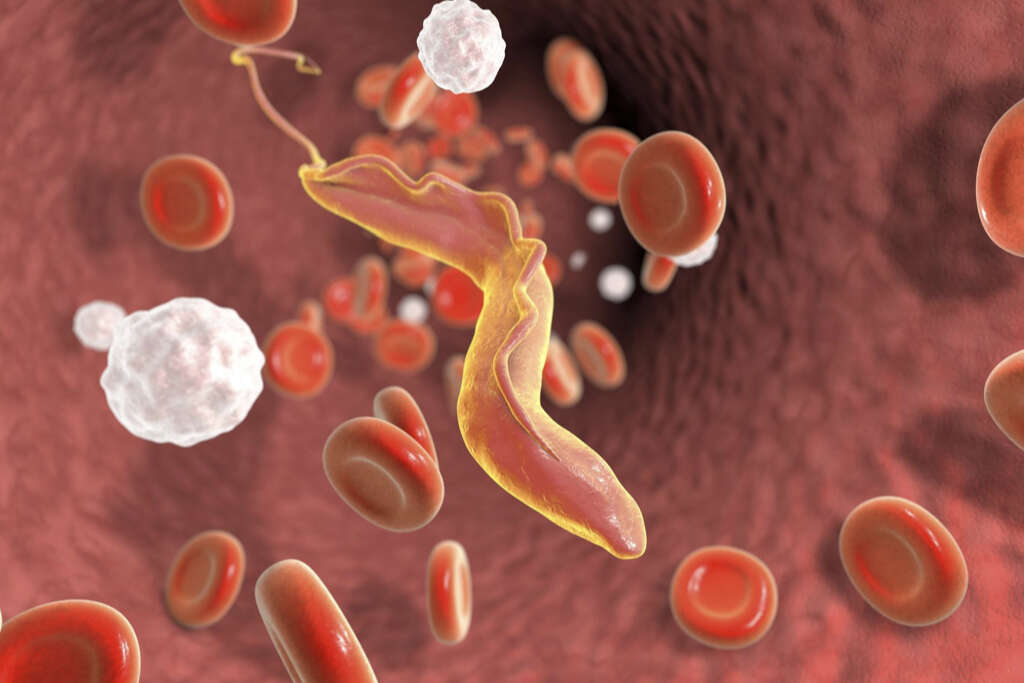
3. The Triatomine Bug
Triatominae is a bug that is found in Southern and Central America and in some southern American states. They are also known as the vampire bug for their habit of feeding on blood. Another name for them is the kissing bug, a name given for their habit of feeding and leaving bite marks around people’s mouths.
In addition to spreading Chagas disease, their bites can also result in anaphylactic shock in some individuals, but this is rare. There are at least 130 species of the bug but only a few pose a threat to people. They tend to share shelter with their hosts, coming out of hiding to feed when hungry.

4. Transmission
The triatomine bug feeds of a variety of vertebrates. If it was to feed on a host that itself was infected then the bug would itself become infected. When an infected bug finds out a human host for their next meal, then that person is also likely to become infected.
While the triatomine bug will bite into its host, it is not necessarily the bite that will cause the infection. Rather, the bugs will defecate on their host’s skin after eating and their feces are often also infected with Trypanosoma. If the Trypanosoma can then find an opening into the body, they can begin to multiply and cause an infection. Some people will fall ill after eating food that has been contaminated with the parasite.
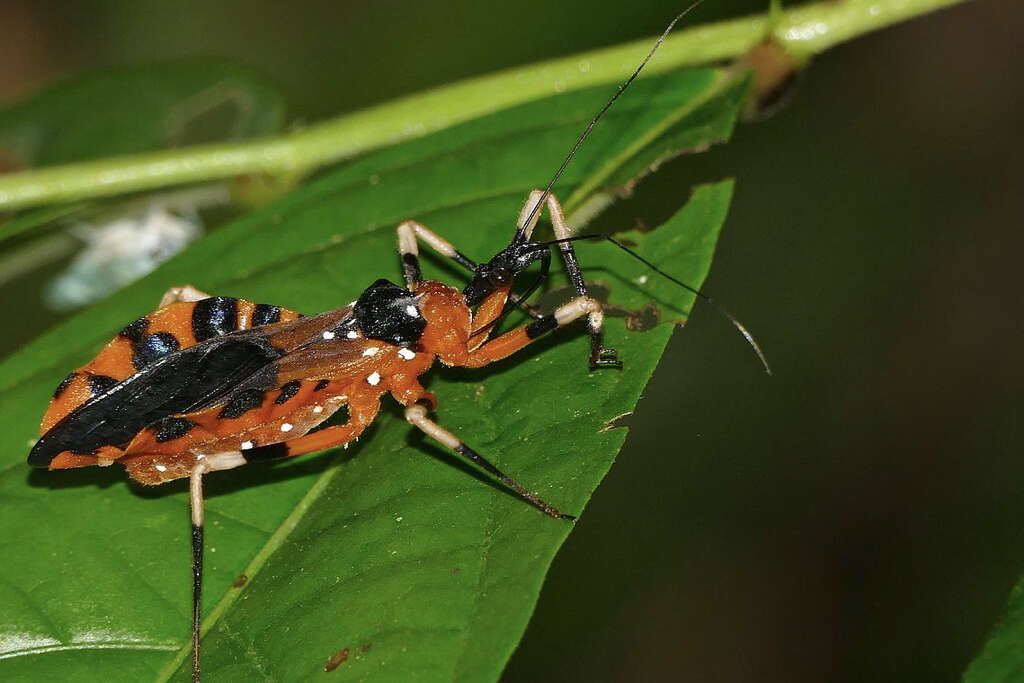
5. Acute vs Chronic
Chagas disease has acute and chronic phases. The acute phase lasts for up to a couple of months and the person may have no symptoms or vague symptoms such as fever, fatigue, aches, headaches among others. The chronic phase could last a lifetime and typically there are no symptoms; however, some will experience heart or digestive problems.
The symptoms experienced will depend at which stage the condition is in. The severity of the symptoms can also vary considerably from person to person. Regardless of the severity of the condition, it is always a good idea to get medical attention if Chagas disease is suspected.

6. Acute Phase
As mentioned, many people will experience no symptoms in the acute stage of the disease, which can last for weeks or even months. When infected people do show symptoms, those symptoms are usually mild. In most cases, the symptoms will go away without treatment.
When symptoms do arise in the acute phase, they tend to include a rash, fatigue, and a fever. The patient will also often notice a swelling at the site of the initial infection. Other symptoms include, but are not limited to, headaches, appetite loss, nausea and vomiting, diarrhea and aching joints and muscles. An enlarged liver or spleen can also happen in some cases.

7. Chronic Phase
Not all patients will experience symptoms in the chronic phase. When symptoms do occur, they may not manifest for 10 or even 20 years after the initial infection took place. Luckily, most people do not have any symptoms. This is fortunate because it can last for decades, and even for the remainder of the patient’s life.
If a patient does experience symptoms in the chronic phase, they are likely to find that the symptoms are somewhat worse than those of the acute phase. Indeed, it can be very dangerous and around 20% to 30% will go on to develop life-threatening complications.
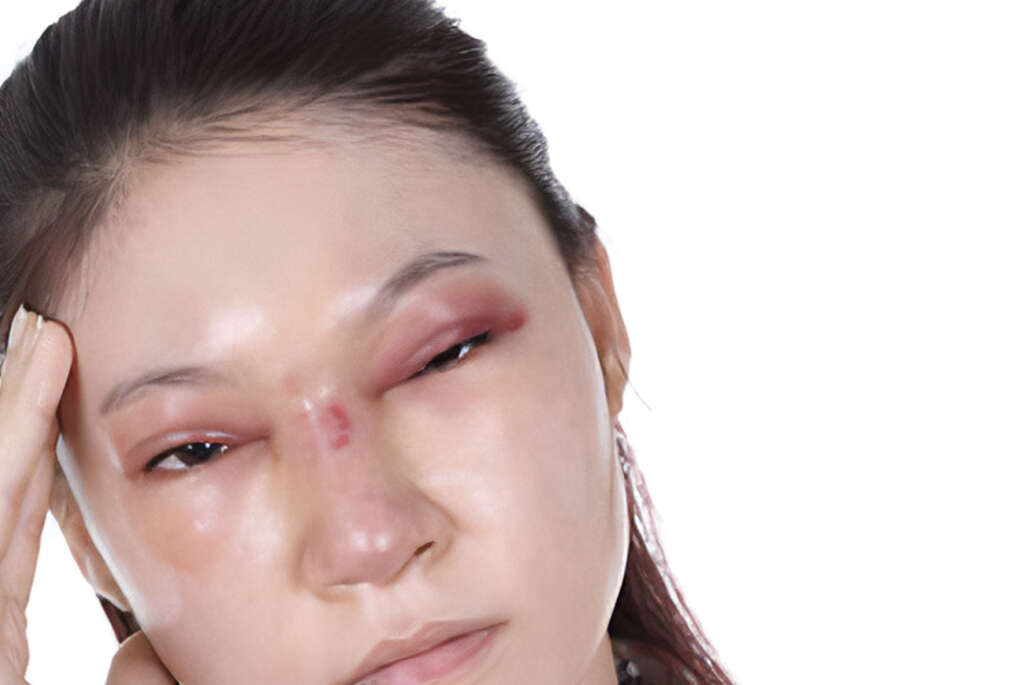
8. Risk Factors
The main risk factor associated with Chagas disease is living in areas where the triatomine bug is common. This is especially the case in the poorer, rural areas. The bug tends to prefer sheltering in homes that are made from mud and/or have thatched rooves, so these should be avoided where possible.
Insecticides can help to remove the bugs from where you are staying, and insect repellents can help keep them from your body. If you do find yourself staying in accommodation that might harbor the bugs, you should use netting that has been treated with insecticides if available.
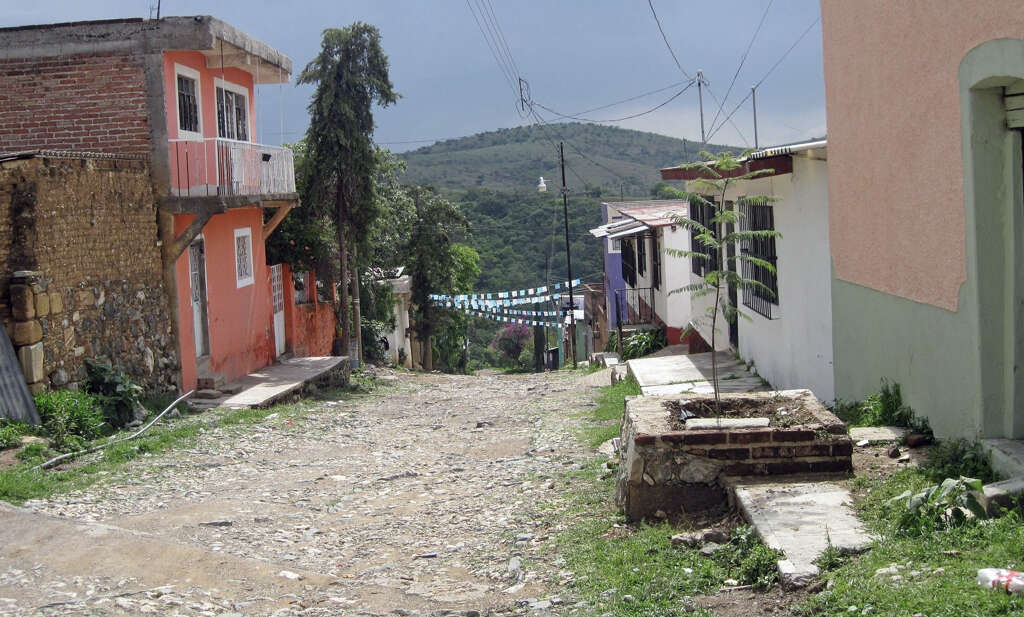
9. Complications
As mentioned, the symptoms of Chagas disease can be considerably worse in the chronic phase. The symptoms of the chronic phase include congestive heart failure, and an irregular heartbeat. Another symptom is an enlarged colon that can result in significant abdominal pain. An enlarged esophagus can also happen, resulting in difficulty swallowing. Some patients will also experience a sudden cardiac arrest.
All of these complications can be life-threatening and medical assistance should be sought as soon as such a problem is detected. Many patients with Chagas disease will also need long term treatment to help keep them safe and comfortable.
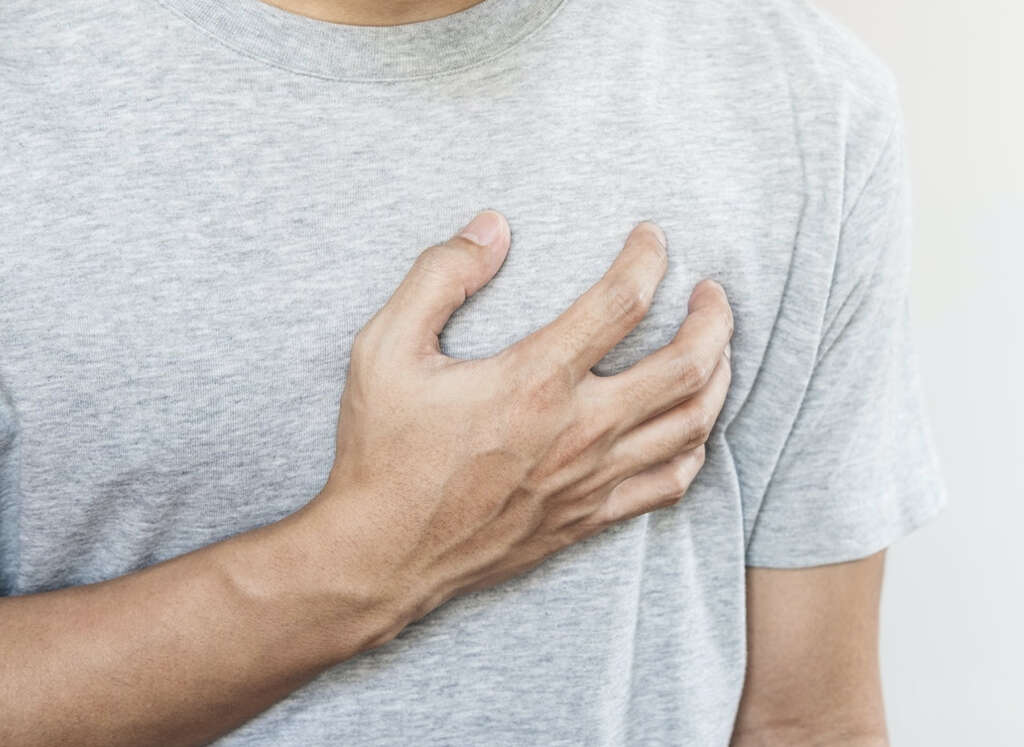
10. Treatment
As with so many other diseases, Chagas disease is easier to treat the sooner it is caught. Early treatment is also necessary in order to try and prevent the disease from entering into the chronic stage. If it is suspected, then a blood test will be necessary to come to the correct diagnosis.
If the blood test confirms the disease, other tests may be necessary to check the health of your organs. Medication can help to kill the parasite, but they become less effective the longer the patient has been infected. The drugs themselves can also cause some unwelcome symptoms.




